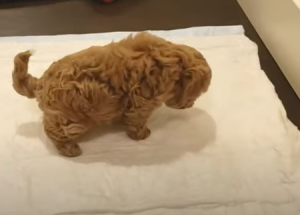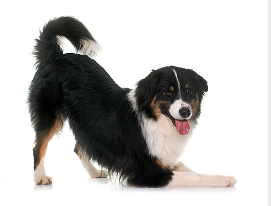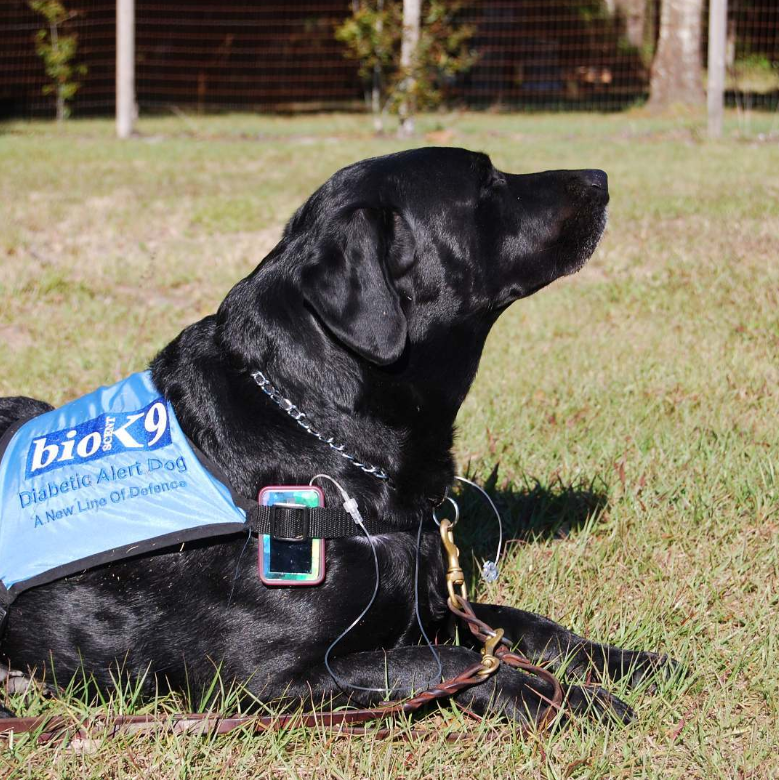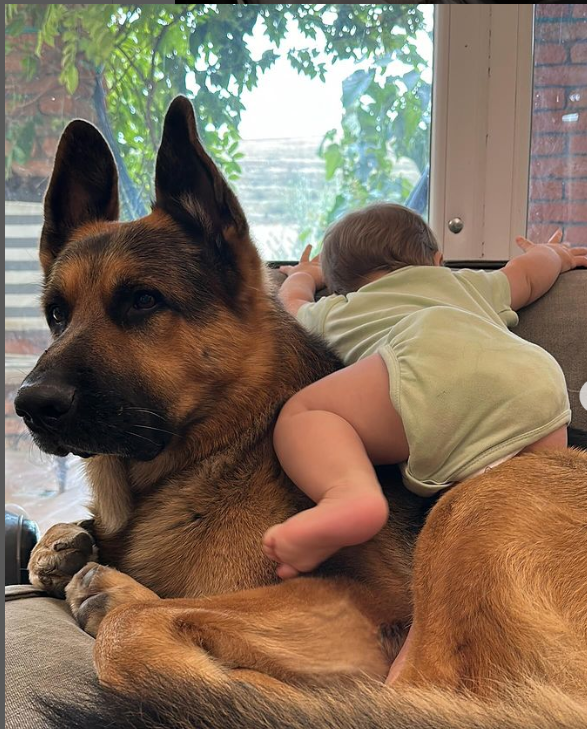How to Train a Dog to Use a Pee Pad
Training your dog to use a pee pad can be a convenient way to keep your home clean and dry, especially if you live in an apartment or have a dog with special needs. It can also be a valuable tool for potty training puppies or older dogs transitioning to indoor living.
Why use a pee pad?
There are a few reasons why you might choose to use a pee pad with your dog:
- Convenience: Pee pads can be a very convenient way to potty train your dog, primarily if you work long hours or have difficulty getting outside quickly.
- Cleanliness: Pee pads can help to keep your home clean and dry by preventing accidents on your floors and furniture.
- Special needs: Pee pads can be a good option for dogs with special conditions, such as mobility issues or incontinence.
How to choose a pee pad
When selecting a pee pad, there are a few things to keep in mind:
- Size: Make sure to choose a pee pad that is large enough for your dog to use comfortably.
- Absorbency: Choose a pee pad that is absorbent enough to handle your dog’s waste.
- Scent: Some pee pads are scented with attractants to encourage dogs to use them.
- Material: Some pee pads are made of synthetic materials, while others are made of more natural materials, such as bamboo. Choose a pee pad made of a material that is comfortable for your dog and durable enough to withstand use.
Where to place the pee pad
Please choose a location for your dog’s pee pad away from their food, water bowls, and sleeping area. Place the pee pad in a corner or a small enclosed space, such as a bathroom.
How to train your dog to use a pee pad
To prepare your dog to use a pee pad, follow these steps:
- Introduce your dog to the pee pad. Place the pee pad in the designated area and let your dog sniff and explore it. You can treat your dog or praise them for showing interest in the pee pad.
- Take your dog to the pee pad regularly. Take your dog to the pee pad every 2-3 hours, or more often if they are a puppy or have a small bladder. You can also take your dog to the pee pad after eating, drinking, or playing.
- Give your dog a verbal cue. As you take your dog to the pee pad, say a verbal cue, such as “Go potty.” This will help your dog associate the line with going to the toilet on the pee pad.
- Praise and reward your dog. When your dog uses the pee pad, be sure to praise them and give them a treat. This will help them learn that using the pee pad is good.
- Be patient and consistent. Your dog may take some time to learn to use the pee pad. Be patient and consistent with your training; eventually, your dog will get the hang of it.
Troubleshooting
If your dog is having trouble using the pee pad, there are a few things you can do:
- Make sure the pee pad is in a convenient location. The pee pad should be placed in a site that is easy for your dog to access and away from their food and water bowls and sleeping area.
- Take your dog to the pee pad more often. If your dog has accidents, try taking them to the pee pad more often. You may also need to take them to the pee pad first thing in the morning, after eating, drinking, or playing, and last thing at night.
- Use a scented pee pad. Some dogs are attracted to the scent of urine, so using a scented pee pad may help to encourage them to use it.
- Make sure the pee pad is clean. Dogs are less likely to use a dirty pee pad. Be sure to change the pee pad regularly, especially if your dog has had an accident.
- Talk to your veterinarian. Talk to your veterinarian if you have trouble training your dog to use the pee pad. They can offer you additional advice and support.
How to transition your dog from pee pads to going outside
Once your dog reliably uses the pee pad, you may want to transition them to going outside to potty. To do this, follow these steps:
- Start taking your dog outside to potty more often. In addition to taking your dog to the pee pad, take them outside to potty more often. You can start by taking them outside for a few minutes after each time they use the pee pad.
- Use a leash and harness. When you take your dog outside to potty, use a leash.



